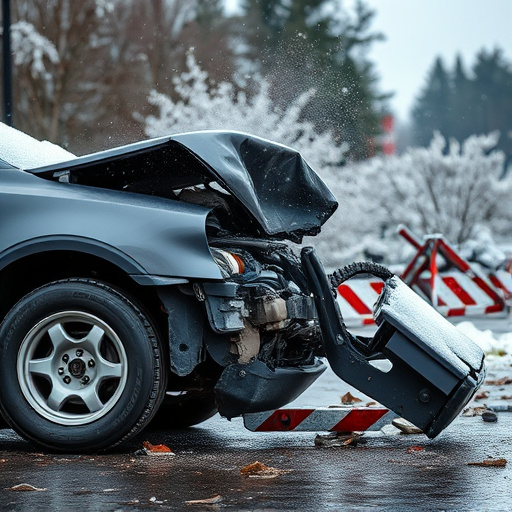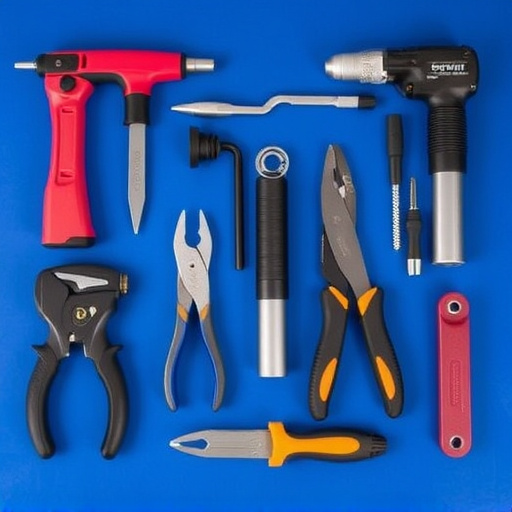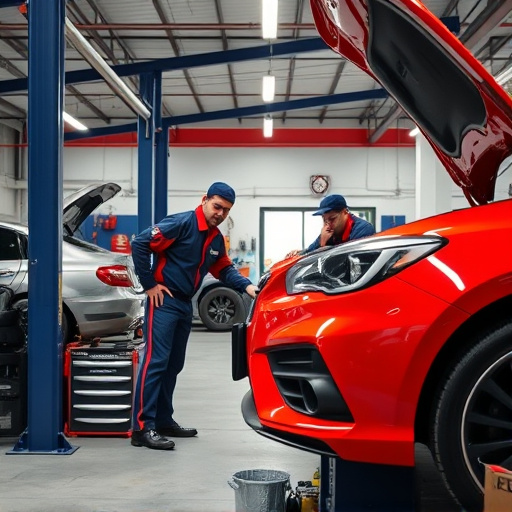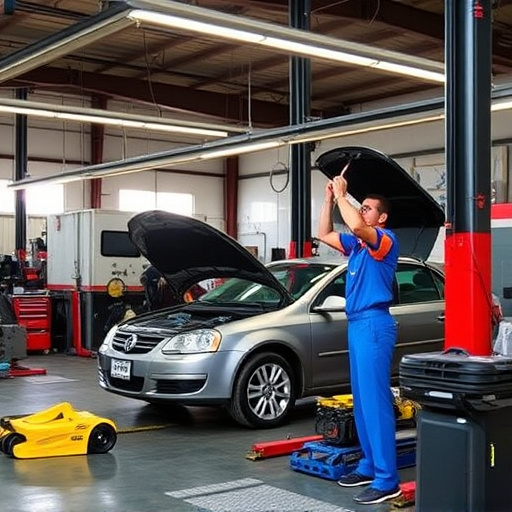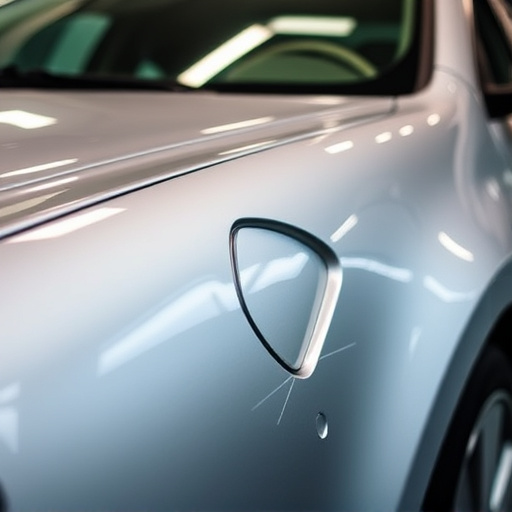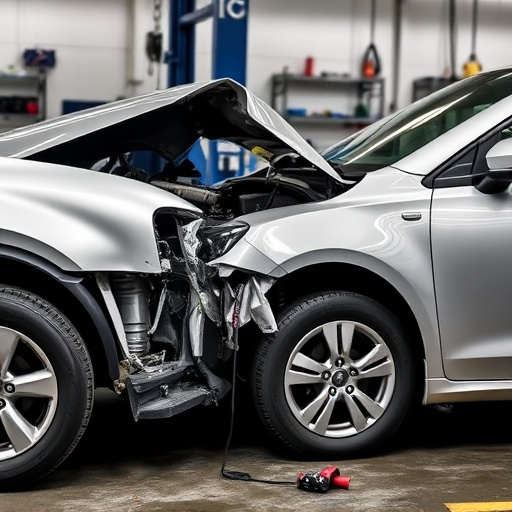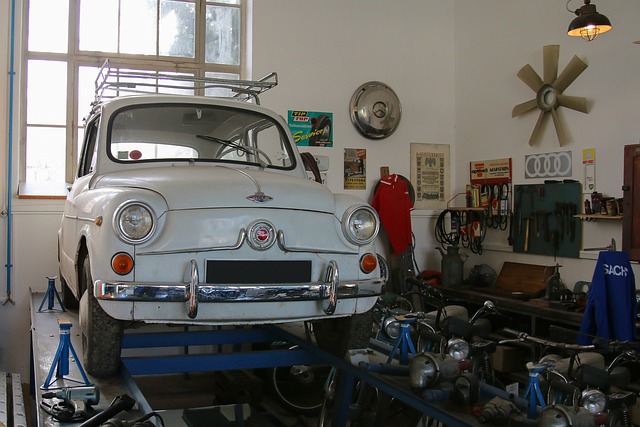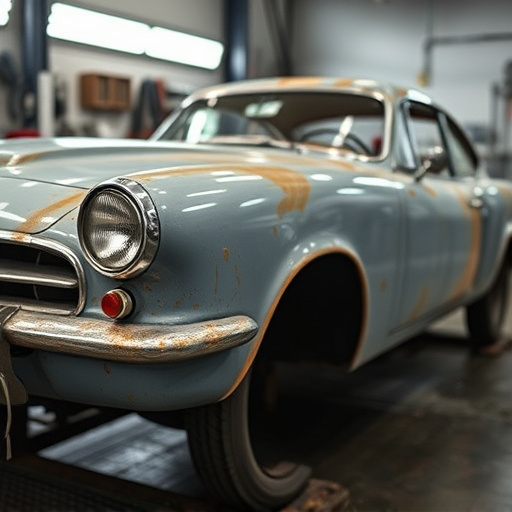Carbon fiber repair experts face challenges due to non-linear impact responses causing complex fractures and delaminations. They require specialized techniques, tools, and extensive training to ensure structural integrity and aesthetic accuracy in vehicle restoration. Limited resources, trained professionals, and part availability further complicate repairs, emphasizing the expertise needed for seamless, invisible carbon fiber damage restoration.
Carbon fiber repair experts face unique challenges due to the intricate nature of this high-performance material. Unlike traditional repairs, carbon fiber requires specialized knowledge and tools to maintain its structural integrity and aesthetic appeal. The article delves into three key areas: understanding the complex properties of carbon fiber, acquiring the necessary resources and tools, and achieving unnoticeable repairs while preserving structural soundness. These challenges demand expertise and precision from carbon fiber repair specialists.
- Unique Material Properties Pose Complex Challenges
- Limited Resources and Specialized Tools Required
- Ensuring Structural Integrity and Unnoticeable Repairs
Unique Material Properties Pose Complex Challenges
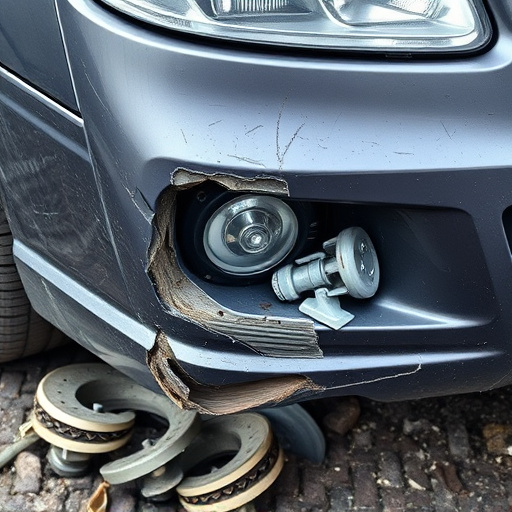
The unique properties of carbon fiber make it a material of choice for many modern vehicles and high-performance sports cars, but this very characteristic also presents significant challenges for carbon fiber repair experts. Its exceptional strength-to-weight ratio, coupled with superior durability, means that even minor damage can be costly to repair and time-consuming. Unlike traditional metal body panels, carbon fiber is non-linear in its response to impact, leading to complex fracture patterns and delaminations that require meticulous attention and specialized techniques.
Carbon fiber repair experts must possess a deep understanding of composite materials and the ability to diagnose intricate damage, whether it’s from an accident, hail damage, or during the manufacturing process. Techniques for repairing carbon fiber often involve careful removal of damaged or weakened fibers, resiming and reshaping the panel, and then precisely impregnating and laminating new fibers to match the original structure. This meticulous process demands precision, patience, and a keen eye for detail to ensure structural integrity and aesthetic accuracy in vehicle paint repair and car body restoration projects.
Limited Resources and Specialized Tools Required
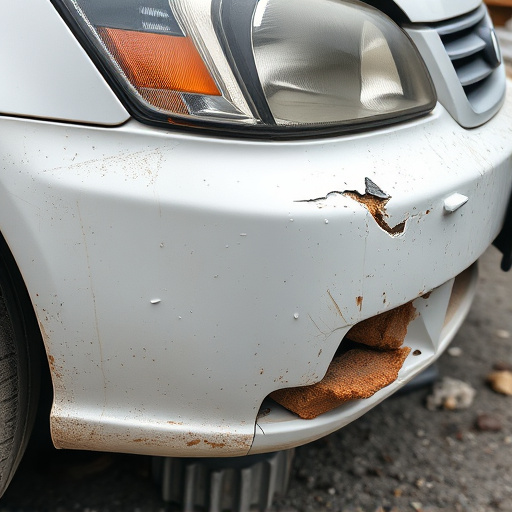
Carbon fiber repair experts face unique challenges due to the specialized nature of their work. One of the primary hurdles is the limited availability of resources and tools tailored for this specific material. Unlike traditional dent repairs or even Mercedes Benz repair processes, carbon fiber requires a distinct set of equipment, from precision cutting tools to advanced composite bonding agents. These specialists often need to invest heavily in acquiring these specialized tools, which can be both costly and time-consuming.
The scarcity of trained professionals who understand the intricacies of carbon fiber further complicates matters for auto collision centers. Carbon fiber repair is not a skill easily mastered; it demands extensive training and experience. This shortage of experts means that even minor damage to high-end vehicles with carbon fiber exteriors can result in lengthy wait times or the need to source parts from international suppliers, adding another layer of complexity to an already specialized process.
Ensuring Structural Integrity and Unnoticeable Repairs
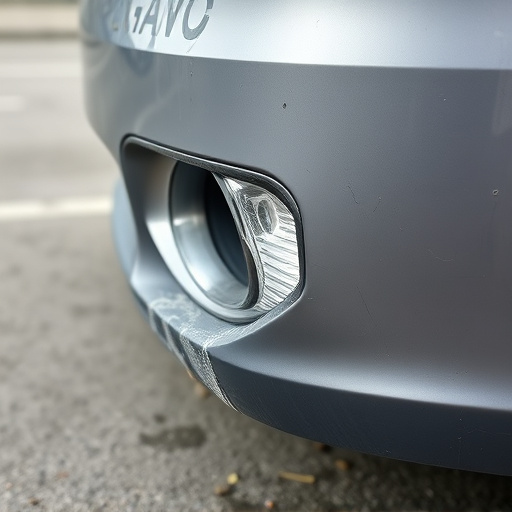
For a carbon fiber repair expert, achieving both structural integrity and unnoticeable repairs is paramount to their craft. Carbon fiber, while renowned for its exceptional strength-to-weight ratio, can be delicate when damaged. A skilled repair expert must carefully assess each scratch or dent, understanding that even the slightest misstep could compromise the car’s overall stability. This involves meticulous attention to detail during the repair process—from preparing the surface to applying the carbon fiber composite materials accurately and consistently.
The ultimate goal is to blend the repaired area seamlessly with the surrounding original material, ensuring no visible evidence of damage remains. This requires a keen eye for aesthetics and a deep understanding of auto maintenance techniques specific to carbon fiber. The expert balances precision work with strategic filling and finishing techniques, enabling them to deliver repairs that are both structural sound and virtually invisible—a testament to their expertise in the field of carbon fiber repair.
Carbon fiber repair experts face unique challenges due to the complex properties of this high-performance material. Successfully repairing carbon fiber components requires specialized tools, limited resources, and a meticulous approach to ensure both structural integrity and discreet repairs that are virtually invisible. Despite these hurdles, the expertise of carbon fiber repair specialists is indispensable in maintaining the strength and aesthetics of modern composite structures.
